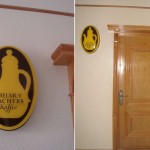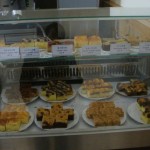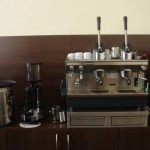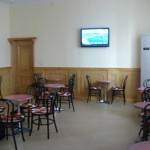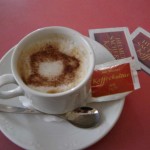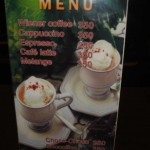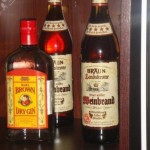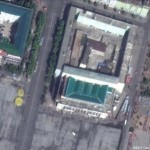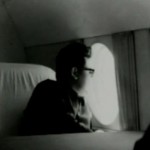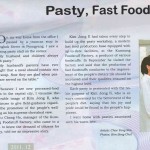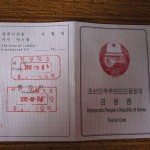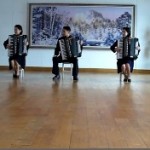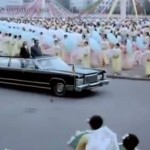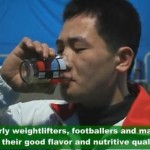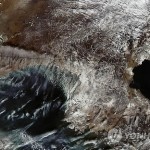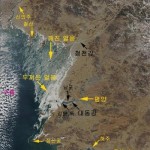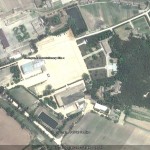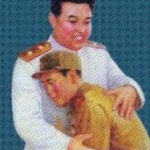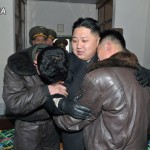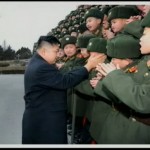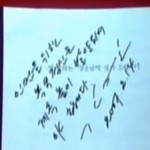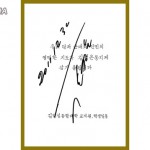UPDATE 1 (2012-2-24): The Choson Ilbo reports that the UN WFP is not extending its DPRK mission. According to the article:
The World Food Programme plans to end its emergency aid mission to North Korea in March as originally scheduled.
Citing officials from the WFP, Radio Free Asia reported Thursday that its emergency operation for the most vulnerable groups in the North, including children, pregnant women and the elderly, will end next month.
The organization said once the emergency program is over it will switch back to its smaller-scale assistance program, which provides food to roughly 3.5 million women and children in need of immediate nutritional support.
Meanwhile, the report added that the UN-affiliated organization had only raised about 30 percent of the funds needed to support North Koreans as of Wednesday.
ORIGINAL POST (2012-2-22): According to the Korea Herald:
The U.N. World Food Programme is planning to extend its Emergency Aid mission to North Korea beyond the original deadline of March.
The Emergency Operation, which started in April, aimed to address a dangerous and worsening food crisis in North Korea. It focused on the most vulnerable groups, women and children, of which there were 3.5 million in need of immediate support to prevent starvation.
The WFP has been able to work with North Korea in carrying out the operation, under very stringent rules.
Although the WFP has experienced some successes, a difficult 2011 has meant that the mission was unable to fully address the growing crisis, and an extension of the emergency operation is needed.
“We are currently finalizing plans for the operation beyond this point, but it will certainly continue to focus on the provision of nutritional assistance to the most vulnerable women and children,” WFP Asia spokesman Marcus Prior said.
Despite making progress in the latter stages of 2011, the WFP was unable to fulfill the goals of the original mission.
“Because of relatively slow funding at the outset, and the time taken to purchase and ship the food to the DPRK, distributions were at a very low level through the lean season months of May to August,” Prior said. DPRK stands for the Democratic People’s Republic of Korea, North Korea’s official name.
“At one point in the middle of 2011, production of specialized nutritious foods at factories supported by WFP came to an almost complete standstill,” said Prior. WFP documents say that during that time “much of the population of DPRK suffered prolonged food deprivation.”
The WFP says there is a “chronic gap” between the daily nutrients needed and the nutrients North Koreans have access to, with the situation more crucial for women and children.
Recent studies have shown that malnutrition in the first 1,000 days from conception can have permanent consequences for both physiological and intellectual development.
With a recent U.N. estimate that one-third of North Korea’s children under 5 are malnourished, the continuing crisis could have catastrophic implications on their future and not just their immediate food needs.
The WFP also reported through interviews with health officials that there was a 50 to 100 percent increase in the admissions of malnourished children into pediatric wards compared to last year.
The latest WFP DPRK report has called for more international aid that will be needed for the continued efforts, as the food from the original mission begins to reach its limits.
“We continue to have supplies available to see us through the next three to four months, but will require significant new funding to ensure these distributions can continue through the later, most difficult, lean season months of this year.”
Although the WFP does not collect data on the death toll caused by the 2011 food shortage, the latest report did say that another year of the same prolonged food deprivation will have a serious impact on the North Korean population.
My compendium of DPRK food stories in 2011 is here.
Read the full story here:
WFP to extend emergency mission to North Korea
Korea Herald
Hamish Macdonald
2012-2-22

